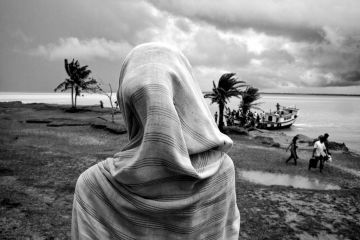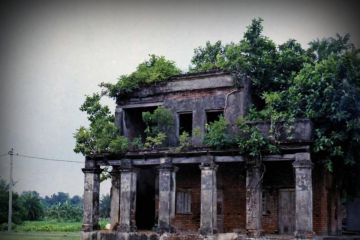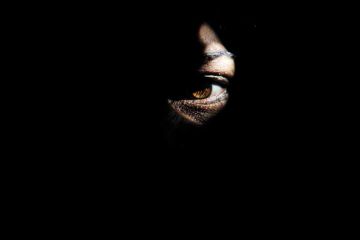It has been an eventful journey into a
country that was ruled by the Liberation Tigers of Tamil Eelam until just four
years ago. There is no sign of that in northern Sri Lanka today, but there are
many reminders in the flattened towns and villages and especially, among the
people who survived the civil war. Everyone has a story to tell, of loss,
courage, and the struggle to return to normal after a bitter civil war that
laid waste much of the north.
An estimated 90,000 people were killed





